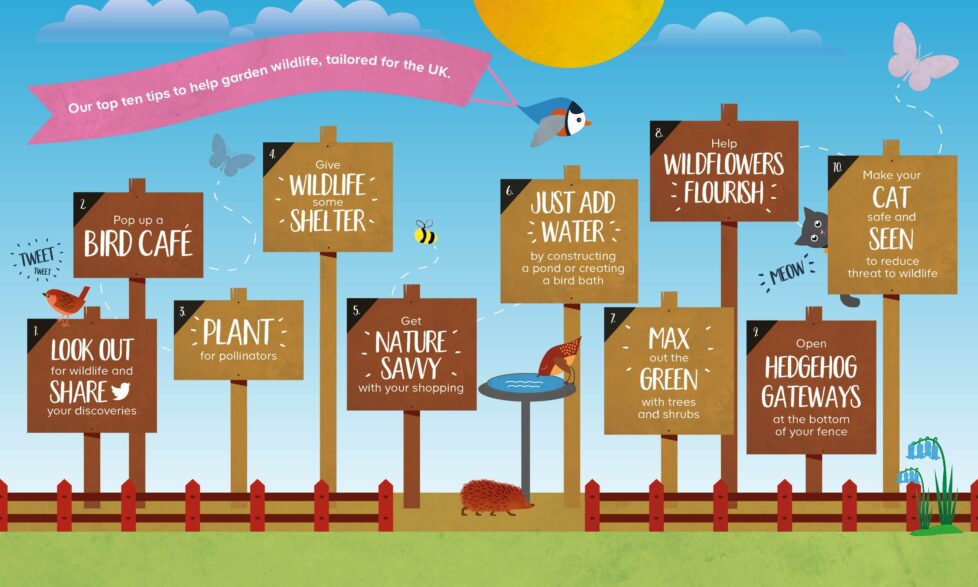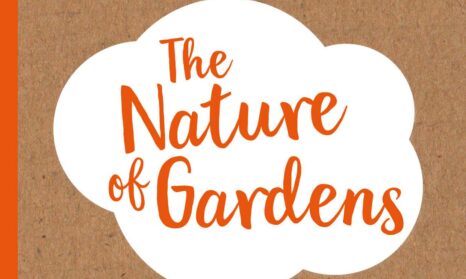The wilderness outside our back doors
Gardens cover only about 2-3 per cent above the UK’s land surface (about the same size as Norfolk) and they are very far from being protected nature reserves or cossetted Sites of Special Scientific Interest. They are hard-working, multi-tasking little patches with prowling cats and marauding toddlers.
But given that nature is still on the run in the wider countryside, mainly because of industrialised farming, gardens are gradually assuming a bigger role in the overall conservation picture. They are becoming increasingly important habitat for declining species like the starling, song thrush, sparrow, hedgehog, stag beetle and common toad.
Gardens, along with other urban greenery, help to combat air and noise pollution in our towns and cities. They lower the temperature during heat waves and reduce the risk of flooding caused by rain storms. They may help buffer us against climate change, and they may help some wildlife species to cope better with climate change.
Yet everything in the garden is not rosy. Our gardens are getting smaller, and we appear to be increasingly inclined to cover them in hard surfaces in order to park our cars and make them easier to manage.
There is also a concern that children and adults are becoming more detached from nature, harming themselves and leaving them less inclined to protect it. There was a good piece about this in the Guardian recently.
But if we can get more people helping nature and more people benefitting from nature, then we create a virtuous circle with the power to halt environmental degradation and save the planet. It starts in our gardens.
Our top ten tips to help garden wildlife:
- Look out for wildlife and share your discoveries
Becoming a citizen scientist by taking part in wildlife surveys is a great free way to become more aware of what’s already out there.
The more you talk about what you are doing and what you have seen and encourage others to join in, the more fun it becomes. - Pop up a bird café
Offering food and water is the fastest and easiest way to attract new visitors to your space. - Plant for pollinators
Nothing says summer like the sound of bees buzzing and the sight of butterflies. Fragrant flowers in a pot or a bed are an irresistible attraction. - Give wildlife some shelter
A log pile is great for butterflies, bug houses provide homes for mini beasts, a leaf pile for hedgehogs, or install a bird or bat box – for best results make sure you are careful with positioning. - Get nature savvy with your shopping
Use fewer garden chemicals.
Look out for pollinator-attracting plants.
Insist on forest friendly wood and peat free compost to help nature near and far. - Just add water
A pond can be any size, even a buried bowl can provide a home for various mini-beasts and insects like damsel flies.
Constructing a pond using a pre-formed shape or flexible liner will give much greater variety. Create shallows so that plant life can flourish and allow wildlife to enter and leave. If you have small children, wait until they are older before creating a pond.
A bird bath provides water for birds to bathe and drink. - Max out the green
Nurture what trees and shrubs you have and bring more in whenever possible. Nature needs habitats at all levels, so trees are fabulous but climbers are super space-efficient. - Help wildflowers flourish
Plant a mini-meadow in a pot, wildflowers in your borders or just spare a patch of lawn to let the grass and flowers grow long. - Open hedgehog gateways at the bottom of your fence
One of our most loved species, hedgehogs love to roam but fencing can be a barrier. Creating a gateway either in or below your fence will make life easier for them. - Make your cat safe and seen
The UK is home to 7.5 million cats. Cats can be a threat to wildlife, but a bright collar and a bell can reduce risk, as can keeping them indoors for one hour before sunset until one hour after sunrise.






